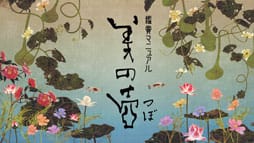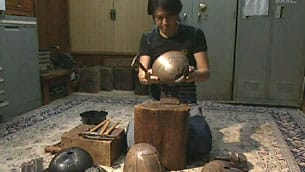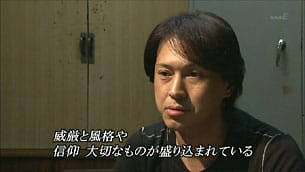
Tateki Morisaki works as an armorer restoring armor considered national treasures and cultural assets. He says that the Busho of Japan's past put deep meaning in thier Kabuto.
Morisaki:In the Sengoku period (the Warring State Period) they faced death all the time. Therefore, their armor served not only for their protection, but also as their funeral costume. It was a display of faith and what mattered to them, and it did so with dignity and elegance.
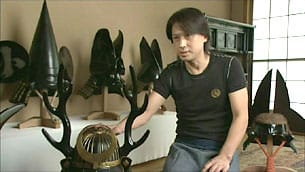
On this particular helmet, the "Tatemono" (a helmet's decoration or crest) was the focal point of it's Busho's thought. The Maetate, the decoration attached to the front of the helmet, is the moon which was a symbol of immortality.
The Tatemono attached to the sides are deer's horns which are said to posses god's power. One of the main tenants of the decorative aspects of Kabuto was that the "Tatemono" must accurately represent the Busho's true nature.
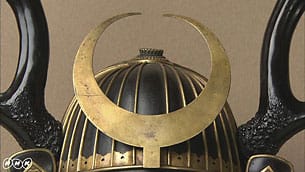
When the Sengoku period started, the military tactics changed from individual combat using swords to large scale combat using guns. With this change, impressive helmets became necessary to announce their achievements to their lord and to let their allies on the battlefield know that they were still alive and fighting.But weren't these stunning helmets top-heavy?
Morisaki:The bottom part of this deer's horn is made from wood. The rest is made from paper and lacquer. So it is very light. When mounted on horseback, it would snap if it caught on a branch. If not, they would have choked themselves with the helmet's strap. Therefore it had to break easily.
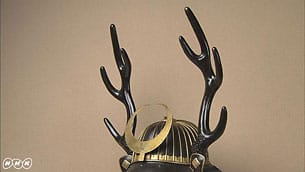
Later, "Kawari Kabuto", Tatemono and Hachi (helmet bowl) are unified, was created.
